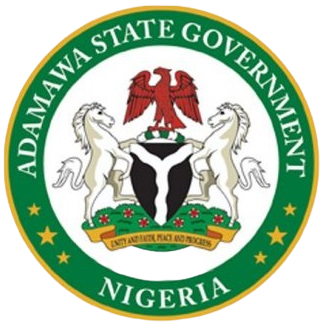Analysis & Reporting services offered by Adamawa State Geographic Information System (ADGIS) involve in-depth examination, interpretation, and communication of spatial data to derive meaningful insights. Here are more details on the components of Analysis & Reporting:
- Spatial Analysis:
- Conducting advanced spatial analyses to uncover patterns, trends, and relationships within geographic data.
- Utilizing techniques such as overlay analysis, proximity analysis, and spatial modeling to extract valuable information.
- Decision Support Analysis:
- Providing decision-makers with spatial insights to support strategic planning, policy formulation, and effective decision-making.
- Creating spatial models to simulate different scenarios and assess the potential impact of decisions.
- Environmental Impact Assessment (EIA):
- Applying GIS tools to assess and predict the environmental impact of proposed projects or policies.
- Providing spatially explicit information for informed decision-making in environmental management.
- Land Use Planning and Zoning:
- Analyzing land use patterns and proposing zoning regulations to optimize land utilization.
- Supporting urban and regional planning initiatives through spatial analysis of land cover and land use.
- Demographic and Socioeconomic Analysis:
- Analyzing demographic and socioeconomic data spatially to understand population distribution, trends, and disparities.
- Providing insights for social and economic development planning.
- Infrastructure Planning:
- Conducting spatial analyses to optimize infrastructure planning for sectors such as transportation, utilities, and telecommunications.
- Identifying optimal locations for infrastructure development based on spatial factors.
- Crisis and Emergency Response Analysis:
- Utilizing spatial analysis to assess and respond to crises and emergencies.
- Supporting emergency response efforts through the visualization of affected areas, evacuation planning, and resource allocation.
- Health and Disease Mapping:
- Mapping the spatial distribution of health-related data, such as disease outbreaks and healthcare facilities.
- Facilitating targeted interventions and resource allocation for public health initiatives.
- Natural Resource Management:
- Assessing and managing natural resources through spatial analysis, including forestry, water resources, and biodiversity.
- Supporting sustainable resource management practices.
- Reporting and Visualization:
- Generating comprehensive reports that communicate analytical findings effectively to stakeholders.
- Creating visually compelling maps and graphics to convey spatial information in a clear and understandable manner.
- Public Engagement:
- Involving the public through interactive maps and visualizations to enhance understanding and awareness.
- Conducting public forums and presentations to communicate spatial analysis results.
Analysis & Reporting services play a crucial role in transforming raw spatial data into actionable insights, facilitating evidence-based decision-making and contributing to the effective management of resources and development initiatives within Adamawa State.
